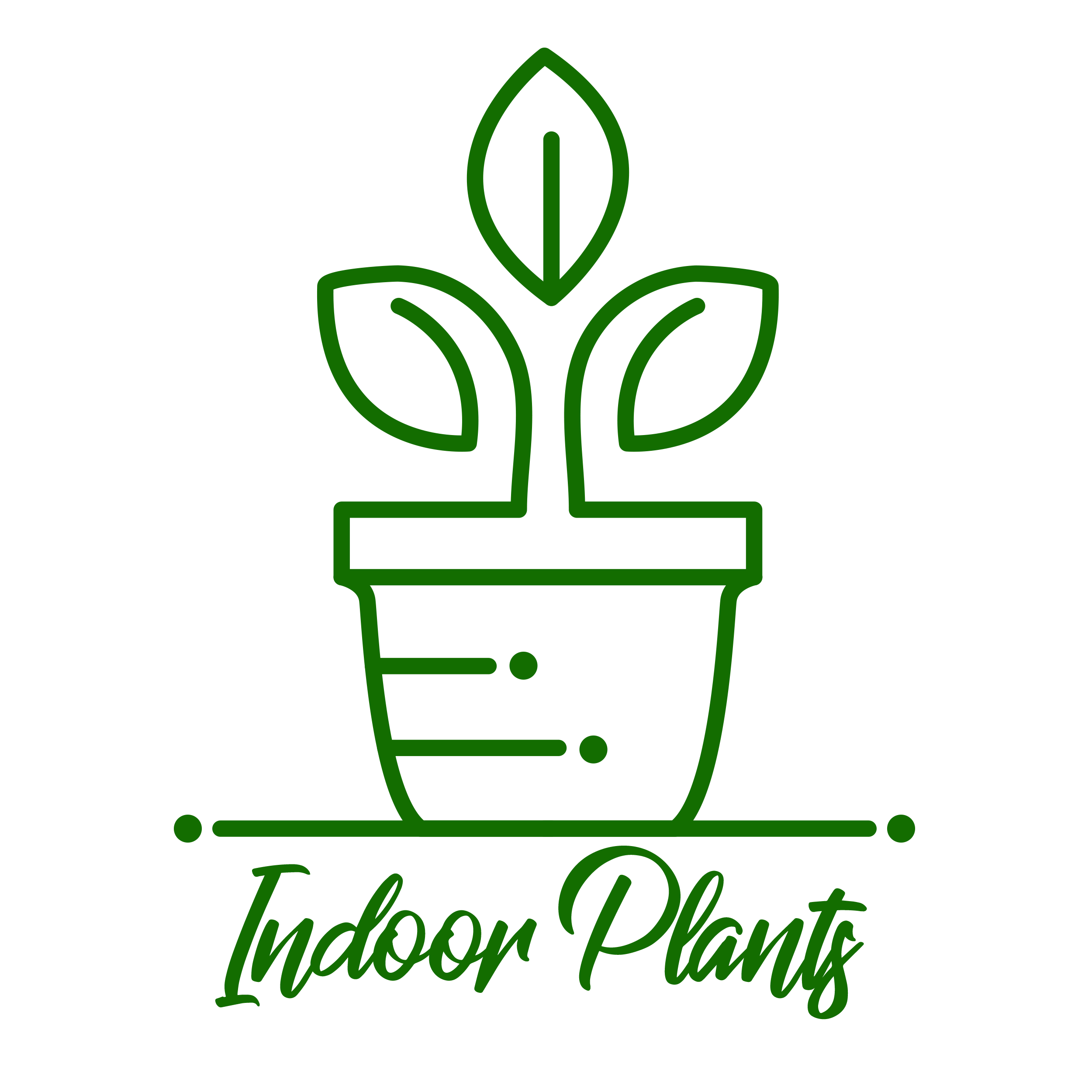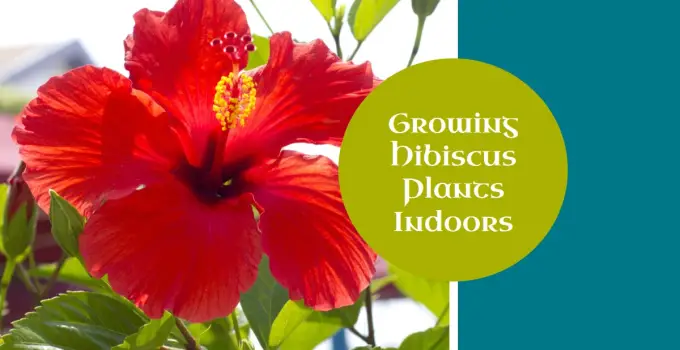Nourison Essentials Indoor/Outdoor Black 2'2" x 7'6" Area Rug, Easy Cleaning, Non Shedding, Bed Room, Living Room, Dining Room, Backyard, Deck, Patio (2x8)
$29.24 ($1.80 / Sq Ft) (as of March 27, 2024 13:46 GMT +00:00 - More infoProduct prices and availability are accurate as of the date/time indicated and are subject to change. Any price and availability information displayed on [relevant Amazon Site(s), as applicable] at the time of purchase will apply to the purchase of this product.)ROZATO Tabletop Fire Pit with Smores Maker Kit Portable Indoor/Outdoor Mini Small Fireplace Table Top Decor Home Patio Balcony Gifts for Women Mom Her Wedding Housewarming Mothers Day Birthday Gift
$36.99 (as of March 27, 2024 21:28 GMT +00:00 - More infoProduct prices and availability are accurate as of the date/time indicated and are subject to change. Any price and availability information displayed on [relevant Amazon Site(s), as applicable] at the time of purchase will apply to the purchase of this product.)How to Grow a Hibiscus Plant Indoors: A Complete Guide
With their large, vibrantly colored tropical blooms, hibiscus plants (Hibiscus rosa-sinensis) are a gorgeous addition to any indoor space. While traditionally grown outdoors in warm climates, advances in hibiscus hybrids and growth techniques now allow them to thrive indoors as houseplants.
This comprehensive guide covers everything needed to successfully grow hibiscus indoors, including choosing suitable varieties, ideal lighting conditions, recommended planting containers, proper soil mixes, watering and feeding schedules, grooming maintenance, pest prevention and troubleshooting issues.
Follow these indoor hibiscus plant care tips to enjoy these stunning “hibiscus flowers” as low-maintenance houseplants that produce abundant flowers to brighten up your living spaces with aloha spirit.
Overview on Hibiscus Varieties for Indoor Growth

Hibiscus plants comprise hundreds of varieties, but only certain types are suitable for indoor growth. Look for these recommended varieties when buying a hibiscus houseplant:
- Tropical hibiscus – Traditional large-flowered varieties do well indoors. Popular hybrids like Hawaiian, Polynesian, Hawaiian Blue, Adonis, Fireball and President’s Choice thrive in containers.
- Floribunda types – Compact, profusely flowering varieties like Calliope Dark Red or Luna Blush perform excellently.
- Hybrid Hibiscus rosa-sinensis – Versatile hybrid mixes of hibiscus cultivars ideal for indoor growth. China Rose, Cooperi, Disco Belle hybrids recommended.
Avoid temperate, hardy hibiscus varieties better suited for outdoor climates. Seek dark green leaves and dense branching in young plants, indicating strong constitution better adapting to indoor environments long-term.
When shopping online or in-person, read plant tags carefully to choose established varieties best suited to growing as indoor houseplants. Their lush, shiny foliage and ability to bloom abundantly indoors make tropical hibiscus plants ideal specimens.
Providing Optimal Lighting Conditions

Hibiscus require bright light to thrive, so providing adequate sunlight is key when growing them indoors. Here are lighting guidelines:
- South or west windows – Place hibiscus in front of unobstructed south or west-facing windows for strongest direct light. South is better to avoid harsh western sun exposure.
- 5+ hours direct sun – Position plants to receive at least 5 hours of direct unfiltered sunlight per day for flowering. Rotate occasionally for even growth.
- 12-16 hours total light – Ensure hibiscus get 12-16 hours of total light including direct and indirect light per day. Supplement natural light with grow lights if needed.
- 3-5 ft from glass – Allow 3-5 ft between windows and plants so light is bright but not scorching. Use sheer curtains to filter intense light.
- Grow lights – Use LED or fluorescent grow lights to supplement natural sunlight in low-light rooms. Place within 6 inches of foliage.
Maximizing bright light, and specifically direct sunlight exposure, is crucial for hibiscus to thrive, grow dense branches and produce continuous blooms indoors. Give them the sunniest, brightest window spots available.
Choosing the Right Indoor Planters
Hibiscus grow best in roomy containers that allow their extensive root systems to spread and access air.
- Plastic or ceramic pots – Use plastic or glazed ceramic pots with drainage holes for indoor hibiscus. Avoid porous terra cotta pots which dry out too fast.
- 12-16 inch diameter – Select pots around 12-16 inches wide and deep for mature plants to accommodate spreading roots.
- Drainage holes mandatory – Ensure containers have adequate drainage holes to prevent waterlogging.
- Saucers – Place pots atop saucers to catch excess water and prevent spill messes.
- Matching cachepot (optional) – Use a decorative cachepot or planted sleeves to conceal inner nursery pots if desired.
A 12-16 inch diameter plastic pot with drainage holes provides an ideal indoor planter for growing hibiscus plants short or long-term. Match with a saucer and place in bright sunny windows where plants can flower abundantly.
Using Proper Soil Mixes
Hibiscus require a well-draining soil mix to avoid overwatering issues. Here are effective soil media:
- All-purpose potting mix – Pre-made all-purpose potting soils work well for indoor hibiscus when blended with added organic material.
- Peat or coir – Mix in peat moss or coconut coir to retain some moisture while improving drainage.
- Orchid bark or perlite – Incorporate larger orchid bark chunks or perlite to aerate soil and prevent compaction. Start with 30% amendments.
- Sand or gravel (optional) – Add a 10% portion of horticultural sand or fine gravel to further improve drainage.
- Soilless media – Soilless potting mixes like peat, coir, perlite and bark foster healthy roots.
- pH 5.5-6 – Test pH and amend acidic potting mixes closer to slightly acidic 5.5-6 range suited for hibiscus.
Well-aerated, soilless potting media provides ideal growing conditions to maintain healthy hibiscus roots. Add amendments like bark and peat to improve moisture retention and drainage long term.
Watering Best Practices

Consistent watering is vital for indoor hibiscus but excessive moisture causes root rot. Follow these tips:
- Allow soil to partly dry – Water only after the top few inches of soil become slightly dry. Feel with a finger or use a moisture probe.
- Avoid soggy soil – Don’t allow pots to sit in water. Stick a finger in the drainage holes periodically to check for moisture buildup.
- Misting – Frequently mist foliage to maintain humidity around the tropical plants.
- Water until it drains – When watering, add enough until excess drains from the container’s bottom to flush salts.
- Remove excess water – Always empty out drainage saucers so plants don’t sit in water.
- Reduce in winter – Water less frequently in winter when growth slows, leaves drop and pots dry out slower.
Adapting how much and how often to water based on seasons, growth rate and environmental conditions prevents overwatering and keeps soil suitability moist.
Fertilizing Recommendations
During active growth and flowering cycles, hibiscus benefit from monthly fertilization:
- Balanced liquid fertilizer – Use a water-soluble 10-10-10 or 20-20-20 NPK fertilizer monthly at half-strength concentration.
- Spring to late summer – Fertilize from early spring through late summer when most active. Discontinue by fall.
- Mix into water – Mix liquid fertilizers into the watering can to feed while watering and avoid burning roots.
- Avoid over-fertilizing – Never exceed label rates as excess salts can accumulate and damage plants.
- Watch for response – Increase to full concentration and frequency if plants show improved flowering and foliage with extra feeding.
Feed indoor hibiscus judiciously during peak seasons for enhanced blooming and lush growth. Ease off by winter and avoid over-fertilizing which creates excess salts. Observe plant responses to fine-tune feeding schedules.
Pruning and Deadheading for Growth
To encourage bushy full growth and more flowering, prune and deadhead hibiscus plants:
- Remove spent flowers – Deadhead faded blooms back to the first set of leaves using bypass shears to stimulate re-blooming. Avoid cutting into woody branches.
- Pinch stems – Use your fingertips to pinch off tender branch tips after flowering to encourage bushier side shoot growth.
- Selective pruning – Each spring, trim back leggy or uneven branches just above leaves or buds to shape plants and guides bushy growth.
- Avoid hard pruning – Never remove more than 15-20% of foliage at a time to prevent stressing plants. Take a gradual approach.
- Disinfect tools – Wipe down shears with isopropyl alcohol between plants to prevent bacterial spread.
With regular deadheading, pinching and careful shaping, hibiscus plants remain full and compact with prolific blooms coming in cycles all season long indoors.
Dealing With Pests on Indoor Hibiscus
Although houseplants, hibiscus can still become affected by some common pests with warning signs like:
- Spider mites – Speckling, yellowing or browning leaves. Webbing under leaves or stems. Tiny moving dots on foliage.
- Scale insects – Circular sticky spots on stems or undersides of leaves. Yellowing foliage. Clear or brown bumps attached to plant.
- Mealybugs – White fuzzy growths in leaf joints and crevices. Black sooty mold. Leaf yellowing.
Thrips – Silvery speckled foliage. Black splotches from fecal dropping. Distorted growth.
If pests are spotted, take prompt action:
- Isolate plant – Quarantine affected plants away from other houseplants to contain infestation.
- Remove by hand – Wipe or pick off visible insects from leaves and stems.
- Prune affected parts – Prune off badly infested stems and foliage.
- Apply insecticidal soap – Spray plant thoroughly with insecticidal soap or neem oil 2-3 times at 5-7 day intervals.
- Use systemic granules – Apply systemic insecticide granules to soil to resolve severe infestations.
- Monitor routinely – Continuously check for recurrent pests and reapply treatments promptly. Maintain prevention.
With vigilant monitoring and quick treatment of detected pests using contact or systemic insecticides, hibiscus can thrive pest-free indoors. Isolate and prune out heavily infested parts to restore plant health.
Troubleshooting Common Hibiscus Issues
Here are solutions to potential hibiscus houseplant growing issues:
- Leaf drop – Ensure ideal lighting. Reduce water. Apply nitrogen fertilizer. Rule out pests/disease.
- No blooms – Increase sunlight hours. Prune to encourage new growth. Fertilize regularly. Check maturity.
- Leggy growth – Prune regularly. Increase light exposure. Turn or rotate plants to even growth.
- Leaf spotting – Treat fungal/bacterial diseases. Improve air circulation and reduce moisture.
- Wilty foliage – Check roots for rot and repot. Increase waterings and misting. Move to brighter location.
- Bud drop – Reduce overwatering and improve drainage. Maintain steady fertilization and soil nutrition.
- Chlorosis – Treat potential nutrient deficiencies based on yellowing patterns. Soil test and amend pH/nutrients accordingly.
Catching issues early and quickly adjusting care regimens prevents minor problems from turning serious. Know optimal hibiscus conditions and customize your practices to match indoor environments.
Tips for Reblooming Hibiscus Indoors
To encourage hibiscus houseplants to rebloom consistently:
- Providemaximum bright light from sunny south-facing windows year round. Supplement with grow lights during shorter winter days.
- Use timed grow lights to ensure 12-16 hour daily photoperiods even in low natural light conditions.
- Maintain warm temperatures between 65-80°F throughout the year. Move plants to warmer spots in winter.
- Regularly deadhead spent flowers and pinch tips back to stimulate new flower buds.
- Feed plants monthly during active growth with a balanced liquid fertilizer to support flowering.
- Keep plants vigorously growing and flowering by maintaining proper water, humidity, light, warmth and nutrition indoors.
Following cultural practices that mimic tropical conditions keeps hibiscus blooming abundantly as houseplants even during colder months when grown exclusively indoors.
Overwintering Indoor Hibiscus
In cold climates, you can continue growing hibiscus plants as annuals during the warm season and overwinter them indoors:
- Bring hibiscus plants inside before first frost in fall. Select plants with the best growth progress for overwintering.
- Prune back plants by 1/3rd to reduce leaf loss and stress. Remove any remaining flowers or buds.
- Keep plants under grow lights or the sunniest windows. Reduce water and stop fertilizing during winter rest period.
- Maintain indoor temperatures above 60°F. Water minimally, just to prevent wilting. Humidity trays help prevent dessication.
- Resume normal water, light and fertilization when new growth emerges in spring. Transplant to a larger container if roots fill existing pots while dormant.
- Gradually introduce plants back outdoors when all chance of frost has passed next summer. Acclimate to prevent transplant shock.
With care adjusting practices seasonally, it is possible to successfully overwinter many hibiscus varieties as houseplants during cold weather.
Tips for Getting a Hibiscus to Bloom Indoors
Here are tips to encourage continuous flowering:
- Select hybrid hibiscus varieties proven to re-bloom indoors. Avoid temperates.
- Provide very bright light, ideally 5+ hours of direct hot sun exposure.
- Maintain steady room temperatures between 65-80°F.
- Use fast draining, nutrient dense potting soil. Re-pot in larger containers to allow root growth.
- Water thoroughly when partially dry. Increase humidity via misting.
- Fertilize monthly spring through summer with balanced fertilizer.
- Deadhead spent blooms to stimulate reblooming. Pinch stems to induce branching.
- Monitor for pests like aphids which can suppress flowering. Treat any found promptly.
Maximizing light exposure, warmth, plant nutrition and growing conditions encourages the most prolific flowering – even during short winter days with artificial lighting.
Common Questions on Growing Hibiscus Indoors
Here are answers to some frequently asked indoor hibiscus care questions:
How long do indoor hibiscus plants live?
- Up to 10 years with proper care. Tropical varieties live longest indoors. Protect from frost if keeping past 1-2 years.
Should I mist my hibiscus plant?
- Yes, misting leaves regularly maintains the higher humidity hibiscus prefer. Avoid wetting flowers which can develop mold.
What temperature is too cold for hibiscus houseplants?
- Avoid temperatures below 45°F long term. Cooler conditions stall growth. Move to warmer area in winter if needed.
Can I grow hibiscus in office lighting?
- Low light office conditions usually inadequate for flowering. Supplement with LED grow lights. South-facing window is better.
How do I get bigger blooms?
- Maximize sun exposure, water and fertilize regularly, and choose hybrid varieties bred for large, showy flowers.
Why are hibiscus leaves turning yellow?
- Overwatering causing roots issues, pH imbalance, or nutrient deficiency usually cause yellowing. Check drainage and amend soil pH/fertilizer to correct.
Following the tips in this guide adapts care to support lush hibiscus growth and recurring spectacular blooms indoors.
Final Tips for Growing Healthy Hibiscus Indoors
- Select a bright window for hibiscus plants to receive maximum direct and indirect sunlight daily. South exposure is ideal.
- Use well-draining soilless potting mix. Add in peat, bark and perlite to improve moisture retention and aeration.
- Water thoroughly only after the top few inches become slightly dry. Always dump out excess water in saucers.
- Feed with balanced liquid fertilizer monthly during active growth periods for abundant blooms.
- Prune back spent blooms (deadhead) to encourage reblooming. Pinch stems to induce bushy branching.
- Raise humidity via daily misting of foliage. Keep indoor temperatures 65-80°F year round.
- Monitor weekly for pests like spider mites, scale and mealybugs. Treat any found immediately and isolate plants.
With the proper care, lighting and variety selection, hibiscus plants become outstanding flowering houseplant specimens brightening indoor spaces with vibrant, tropical blooms!




























